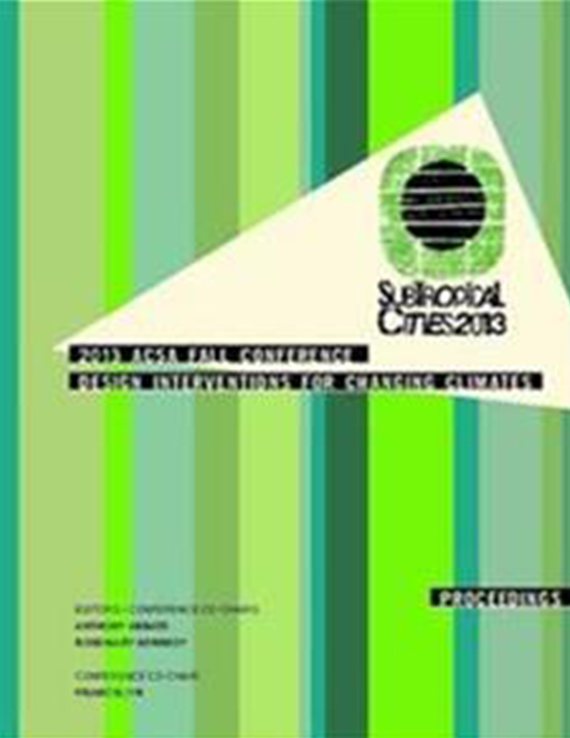Author(s): Katherine Harvey
Myth has had an extensive role in the historical reception, alteration and abstraction of places. The explorer, colonizer, and speculator have long utilized myth as part of their repertoire, affecting the future of the spaces they chose to inhabit, with image and story. The transference of myth upon any territory has simultaneously acted to define and deny existing realities and their physical and perceived character, embedding new ways of reading existing and altered terrains. These effects, though indelible are often covert, layered by history, time and the acceptance of their precepts. Additionally the protean nature of myth enables it to adapt to shifting contexts, perceptions and the available forms for dissemination. In this way it continually constructs experience, not beholden to verifiable realities, it creates its own, being malleable for replication and reinterpretation. Florida has a long relationship with myth as an agent of physical and perceptual manipulation. A trajectory of myth-making in Florida can be identified throughout its history: beginning with early European explorers and their predisposition to identify the emblematic paradise of Eden , to a 19th Century elite leisure class, an auto-touring generation, and finally to a contemporary condition of privatized paradise. This trajectory exhibits early projections of pre-established histories and aspirations upon the discovered landscape. These projections evolved and were activated as the landscape was more widely viewed and experienced. What were once situated elements of the landscape in its natural springs, lush forests and abundant wildlife were increasingly extracted, simulated, and fragmented allowing myth to adapt to more fleeting desires and contemporary measures of convenience. This paper intends to unravel how the operations of myth have both constructed and transformed the Floridian landscape, development, and urbanism. It will investigate a dynamic and ambiguous set of relationships between myth, the landscape, and the history of occupation.
Volume Editors
Anthony Abbate, Francis Lyn & Rosemary Kennedy
ISBN
978-0-935502-90-9

 Study Architecture
Study Architecture  ProPEL
ProPEL 
